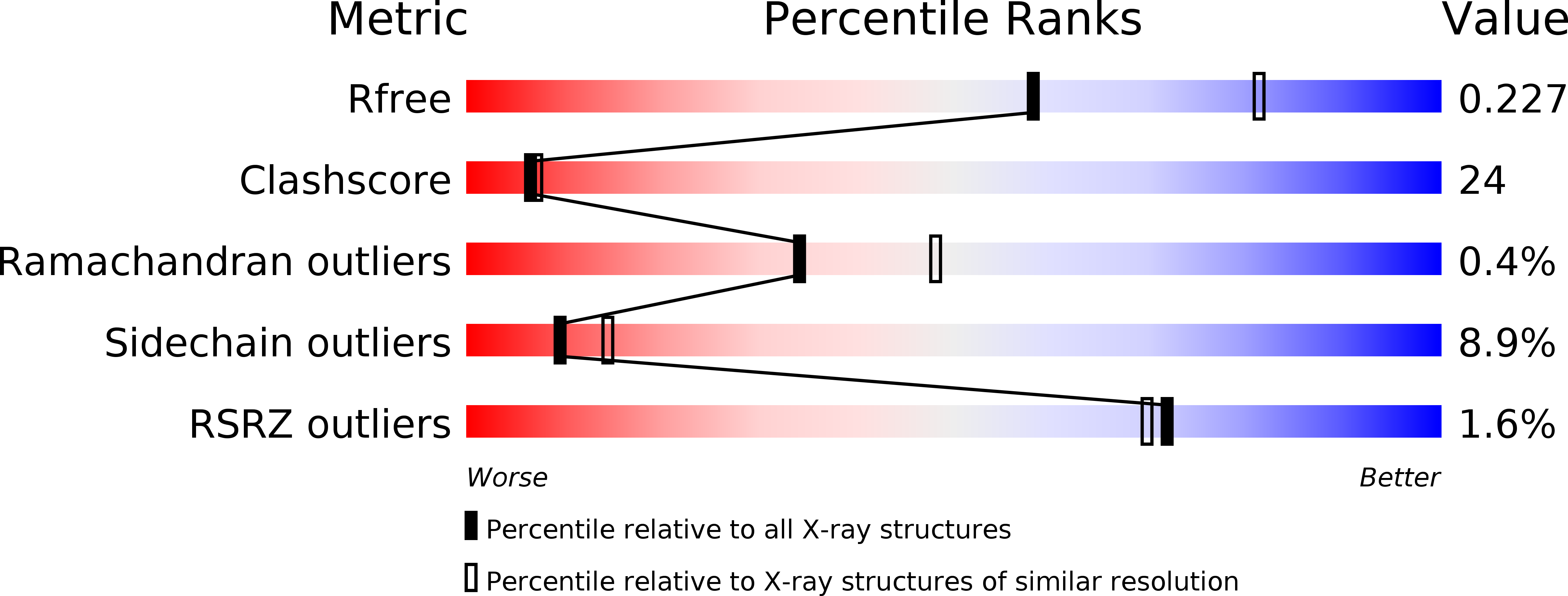
Deposition Date
2009-04-05
Release Date
2009-07-07
Last Version Date
2024-02-21
Entry Detail
PDB ID:
3GYT
Keywords:
Title:
Nuclear receptor DAF-12 from parasitic nematode Strongyloides stercoralis in complex with its physiological ligand dafachronic acid delta 4
Biological Source:
Source Organism:
Strongyloides stercoralis (Taxon ID: 6248)
Host Organism:
Method Details:
Experimental Method:
Resolution:
2.40 Å
R-Value Free:
0.23
R-Value Work:
0.19
R-Value Observed:
0.19
Space Group:
P 65


